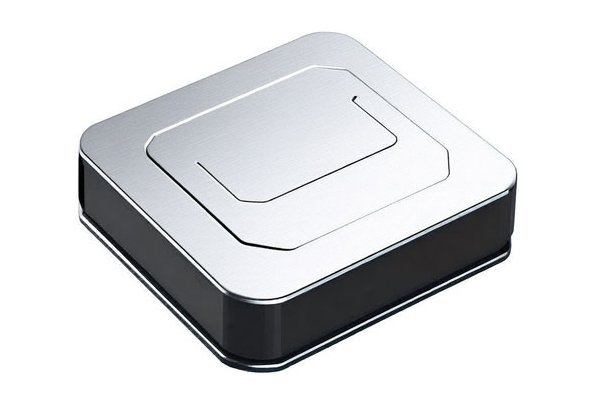Opening
Did you know that excessive heat during CNC machining can lead to decreased tool life and poor machining quality? In fact, studies show that for every 10% increase in cutting temperature, tool wear can double, adversely affecting overall production efficiency. For manufacturers and machinists, controlling cutting temperature is not just a matter of efficiency; it’s about maintaining the integrity of the finished product. In this comprehensive guide, we will explore how to control cutting temperature effectively when machining brass, ensuring superior results and longer tool life.
Understanding the Importance of Controlling Cutting Temperature
Before we delve into specific techniques to manage cutting temperatures, it’s crucial to understand why this aspect is essential in CNC machining, particularly with materials like brass.
Effective Ways to Control Cutting Temperature
Now that we understand the importance of managing cutting temperatures, let’s explore practical solutions that can be employed during CNC machining of brass.

In summary, effective management of cutting temperatures during CNC machining of brass is critical for achieving high-quality results and enhancing tool longevity. By employing the right combination of cutting tools, optimizing machining parameters, effectively using coolant and lubrication, managing chip removal, and monitoring temperatures throughout the process, manufacturers can significantly reduce thermal stress on tools and materials.
The importance of controlling cutting temperature cannot be understated—it impacts your production efficiency, the quality of your end products, and ultimately your bottom line. So the next time you’re setting up for a brass machining project, remember these strategies to help ensure success in your CNC machining endeavors. By thinking critically about temperature control, you equip yourself with the knowledge necessary to excel in the competitive world of manufacturing.



